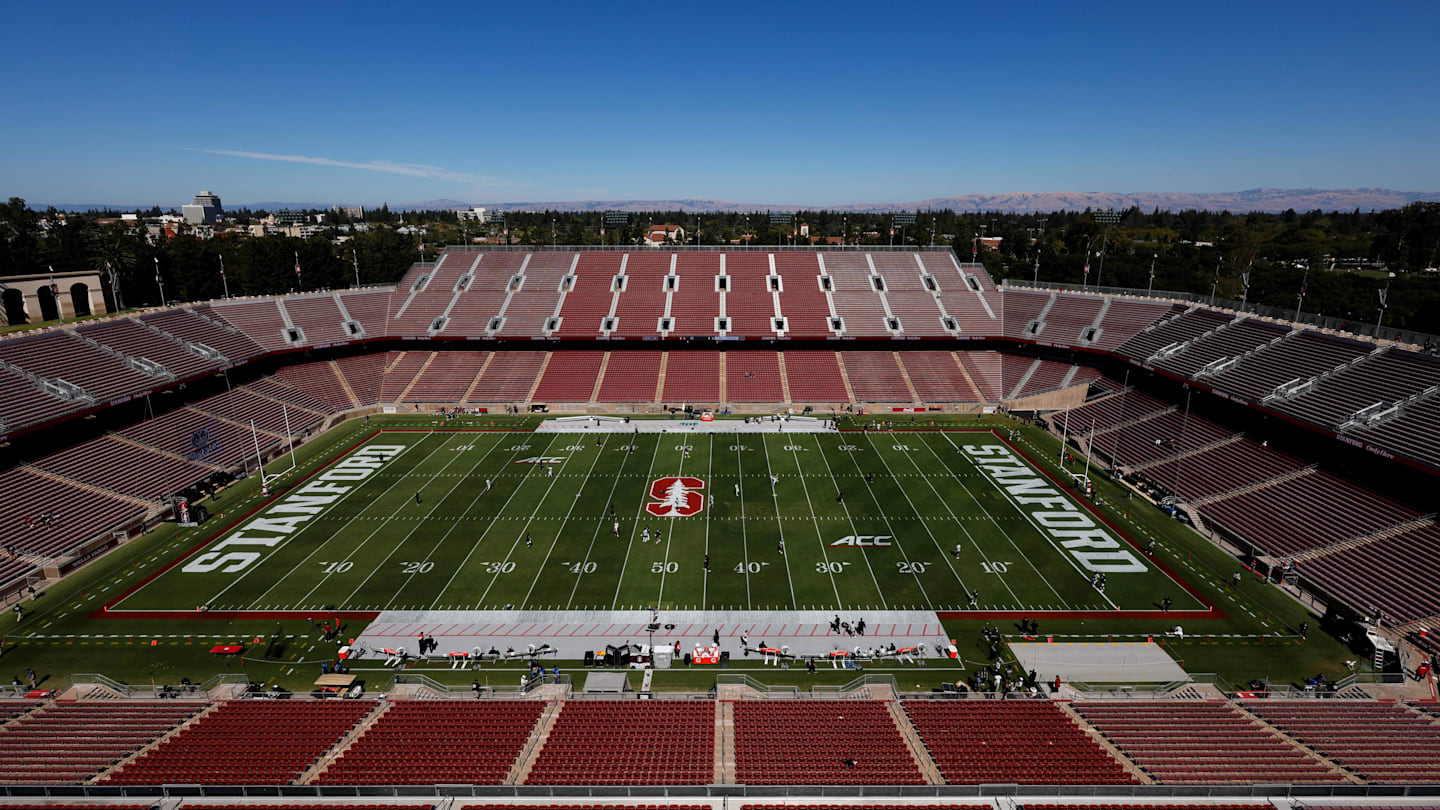World
The 1984 World’s Fair marked a turning point for New Orleans. This show explores its legacy.

Mark Romig and his colleagues in the New Orleans hospitality industry often use this phrase when marketing the city: “New Orleans is built to host.” For Romig, senior vice president of the marketing agency New Orleans & Company, the motto came into focus 40 years ago, when the 1984 World’s Fair opened its gates. “It showed the world that New Orleans could host, that we were truly an international city,” Romig said.
A postcard from the 1984 World’s Fair in New Orleans
While the World’s Fair eventually made headlines by filing for bankruptcy, for Romig and many others, its positive impact is evident in the role it played in jump-starting the city’s tourism industry and revitalizing its riverfront.
After years of planning, the Louisiana World Exposition, as the event was formally known, opened to the public on May 12, 1984.
“As balloons soared, bands played and fireworks crackled overhead, the $350 million World’s Fair opened at noon Saturday,” reporter Bridget O’Brian wrote in the next day’s Times-Picayune. “Within minutes, thousands of people poured through its gates. The six-month long event was underway.”

The 7 million or so visitors who came to the city toured exhibits and pavilions from 95 foreign countries and several U.S. states. They did the chicken dance in the German beer garden, enjoyed a taste of Italy in the Italian Village, saw artistic treasures from the Vatican and soared to new heights over the Mississippi River on the gondola.
Others gawked at the sculptures of bare-breasted mermaids and giant alligators flanking the entrance gates, walked along the Wonderwall (with architectural features designed to distract from overhead power lines) and watched performances at the aquacade and outdoor amphitheater.
A fair to remember
A new half-hour program, “A World’s Fair to Remember: 40th Anniversary,” debuted this month on WYES-TV and will air next on May 28. It’s also available on the WYES YouTube channel.
In the program, Petr Spurney, the fair’s former president and CEO, reflects on the event’s financial shortcomings — blamed on faulty attendance projections and lagging crowd figures — but also its positive residual effects.

A scene from the World’s Fair, in the WYES documentary.
“The Convention Center is the biggest,” Spurney says, explaining how the facility was an outgrowth of the fair. He also points to the development of the Riverwalk, Warehouse District and Fulton Street entertainment area.
“We also were responsible for some 25,000 hotel rooms that were built for the fair,” Spurney says, touting the role the event played in transforming New Orleans’ economy from one based on oil to one dominated by tourism.
A natural promoter, Spurney, now retired and living in Delaware, says he often referred to himself as being in the “e” business: tasked with creating projects that would “engage, entertain, educate and enrich through exciting, innovative experiences.”
The World’s Fair, he said, provided all of those.
A catalyst for promotion

In the new retrospective, which accompanies the 2003 WYES documentary, “A World’s Fair to Remember,” Spurney and Romig are joined in the discussion by host and producer Peggy Scott Laborde, who covered the fair for WDSU broadcasts from the TV station’s on-site studio.
Also appearing in the WYES program is frequent fair performer Deacon John Moore, who lauds the event for showcasing Louisiana food, music and culture.
“It was a catalyst for the promotion and preservation of our Indigenous culture and music of New Orleans,” Moore said. Besides local acts, he remembers seeing stars such as Dionne Warwick, Johnny Mathis, Willie Nelson, Bob Hope and Julio Iglesias perform at the fair.
Spurney counts among his favorite guests several of the original Apollo 11 astronauts, while Romig, who worked as director of protocol and guest relations for the fair, remembers a surprise visit by several U.S. Supreme Court justices who were in town for an American Bar Association meeting and stopped in to tour the fairgrounds.
Proud of the effort
For Spurney, who will return to New Orleans in June for an event to mark the anniversary, the World’s Fair and the financial fallout have definite “best of times, worst of times” memories, but he remains proud of the effort.
“The quality of the show and the economic residual are very important,” Spurney said. “Time magazine called it ‘the worldliest of world’s fairs’ and that’s a pretty high accolade.”
“A World’s Fair to Remember: 40th Anniversary” airs on May 28 at 8 p.m. on WYES-TV and wyes.org.
The 30-minute program will be followed by the 2003 WYES documentary “A World’s Fair to Remember.” Both programs are also available on the WYES YouTube channel.










